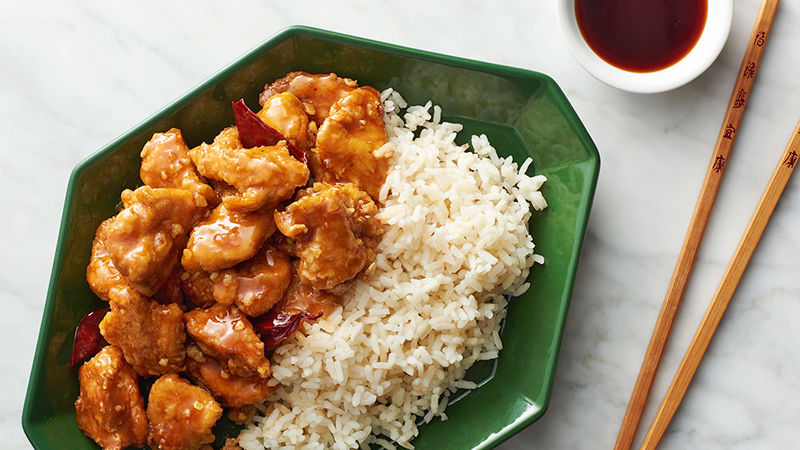These are the flavors of Chinese meals. Fragrant cumin, puffy discs of flatbread, and a abundance of lamb – charcoal grilled or baked in chew-length dough parcels. Or perhaps it’s a pot of steaming yak butter tea. Maybe it’s hen-scented with lemongrass and clean herbs. Or a highly spiced hotpot cooked at your table observed through a bowl of the stewed result or a piping warm doughnut flavored with dried persimmon fruit.

It’s a far cry from the set menu at the Golden Dragon or wherever most folks reduce our enamel on Chinese meals, fumbling with chopsticks and perhaps, in defeat, inquiring for a knife and fork. The fact is, there may be no such component as Chinese meals. Rather, there’s the food you eat in China, a sizable use with a western border that brushes Afghanistan and wherein the east meets Japan. To the south is Vietnam, and to the north is Russia. The result is a rustic of humans – and recipes – that appear nearly countless in range.
This is a tale of two weeks in China. The objectives have been noble. Exploring Beijing’s Forbidden City, a trek along the Great Wall, maXi’an’sling at the 2,000-12 months-old terracotta of Xi’an, and watching giant pandas frolicking at the sector’s best breed, ing program, Chengdu. Mission completed, with memories and pictures to prove it. But what also endures is the food – 14 days, forty-two meals, quite loads of snacks along the way, and a minimum of a dozen wonderful cuisines in three cities. On the way home, it might no longer be surprising if the airline attached one of those “heavy” labels around our necks.
First, forestall Beijing. First pit-prevent, lunch at a noodle house simply around the nook from our motel, a fascinating and unconventional guesthouse off the antique pedestrian alleyways known as hutongs. Even the fast stroll to the eating place was encouraging. At the corner of the hutong, the greengrocer was promoting from a stack of cabbages the peak of a man. Aside from those purchasing food, all of us are regarded as ingesting it.
Slightly anxious, we sat at a Formica desk and pointed pix at the laminated menu. The result? Two big bowls of chewy wheat noodles, Beijing-fashion, thick with pork and bean curd sauce. Then we ordered dumplings, fried and steamed.
That night, we were joined by Sam, our youngest son, who now lives and works in Beijing. Sam is a younger guy who likes to eat nicely, especially if his parents are paying. Unlike his dad and mom, Sam is tall and as skinny as a rake. He had numerous advantages as our manual, such as an incredible ability to locate satisfactory neighborhood restaurants and order in fluent Mandarin. That night, we made plans at certainly one of his discoveries, a restaurant specializing in the food of Yunnan, a province whose neighbors covered Laos and Vietnam and whose meals are redolent of each.
The subsequent day became the Forbidden City, weary legs refreshed over Pu Erh tea and sensitive desserts at Kodo Cafe inside the hip Gulou region, full of quirky shops and fashionable young Chinese only a step from the ancient Drum and Bell Towers. It was Peking duck at Duck de Chine in the nighttime, regularly voted the city’s first-rate for the dish. The pancakes were completed, and the stays were taken away and back in bowls of noodle soup. I take into account we also had dessert.
A day later, it becomes the Crescent Moon, distinguished by its mosque-like dome, arched doors, and a predominance of green within the decor. This becomes the food of the Uighurs, an ethnic organization from Cntral Asia, near China’s a ways western border, with an afflicted record that has seen the latest crackdown and controversial re-training program imposed with the aid of Beijing in response to repeated clashes related to nationonsecularnon secular fundamentalism. More than three 000 kilometers away, the owners of the Crescent Moon have thrived within the capital, serving dishes that demonstrate harmony is as a minimum viable within the kitchen: baked lamb in the dough, triangles of flatbread, kebabs – of course, kebabs – however additionally cubes of fowl stir-fried with peppers and then scattered with sesame seeds.
On the last day in Beijing, we journeyed to the 17th-century Lama temple close to our inn, heavy with incense and vibrant carvings that protected an 18-meter statue of the Buddha carved from a single piece of white sandalwood. Equally stunning, it turned into lunchtime dim sum at Jing Yaa Tang, a restaurant at the sublime Opposite House Hotel, where the duck dumplings are in the shape of real tiny geese. Jing Yaa Tang gives an all-you-can-consume lunch at a reasonable price, with one circumstance. You can pay more for any dishes ordered but not eaten. We no longer spend more. That turned into the second highlight of the day, the primary being a six-kilometer trek alongside one of the most unspoiled sections of the Great Wall at Jin Shan Ling, a test of legs and stamina and a tremendous manner to accumulate an appetite.





